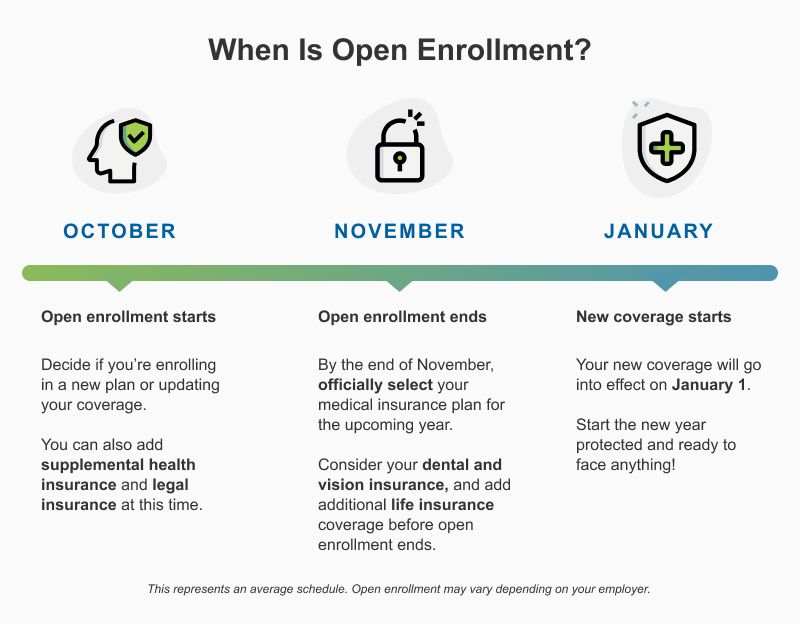The 10-Second Trick For Medicare Advantage Agent
Table of ContentsThe 7-Second Trick For Medicare Advantage AgentThe Main Principles Of Medicare Advantage Agent Rumored Buzz on Medicare Advantage Agent


follows from confusing the perplexing young age profile of the uninsured with without insurance better health, wellness average, of younger persons. For those without accessibility to workplace wellness insurance, poor health is a possible barrier to acquiring nongroup insurance coverage because such coverage might be extremely priced, exclude pre-existing problems, or be merely unavailable. Unless otherwise kept in mind, nationwide price quotes of individuals without health insurance coverage and percentages of the populace with different kinds of coverage are based on the CPS, the most extensively utilized source of price quotes of insurance coverage and uninsurance rates.
:max_bytes(150000):strip_icc()/coordination-of-benefits-1850523021ff453f8f4f2e19a99324ea.png)
The Ultimate Guide To Medicare Advantage Agent
Over a three-year duration starting early in 1993, 72 million individuals, 29 percent of the united state population, lacked protection for at the very least one month. Within a single year(1994), 53 million individuals experienced at least a month without insurance coverage(Bennefield, 1998a). Six out of every 10 without insurance grownups are themselves used. Although working does enhance the chance that a person and one's member of the family will have insurance policy, it is not a warranty. Even participants of households with 2 permanent wage income earners have virtually a one-in-ten possibility of being without insurance (9.1 percent uninsured rate)(Hoffman and Pohl, 2000 ). The relationship between medical insurance and accessibility to care is well developed, as documented later on in this chapter. Although the partnership between wellness insurance policy and health results is neither straight nor basic, a comprehensive medical and health services study literary works web links medical insurance coverage
to better access to care, better high quality, and improved individual and populace health and wellness condition. The second record, on personal health end results for uninsured grownups, is stood for by the inner circle of the number, while the 3rd record, on family members wellness, includes the topics of the second record but stresses a various device of analysis, namely, the family. The sixth record in the series will certainly offer information regarding methods and efforts carried out in your area, statewide, or country wide to attend to the lack of insurance policy and its damaging influences. Degrees of evaluation for analyzing the results of uninsurance. This conversation of health insurance protection focuses mostly on the united state populace under age 65 since virtually all Americans 65 and older have Medicare or various other public protection.
Moreover, it focuses particularly on those without any type of medical insurance for any size of time. The issues faced by the underinsured remain in some aspects similar to those faced by the uninsured, although they are normally less severe. Uninsurance and underinsurance, however, involve noticeably various policy concerns, and the methods for resolving them may differ. Throughout this research study and the 5 reports to comply with, the primary emphasis is on individuals without any medical insurance and therefore no support in paying for healthcare past what is available with charity and safeguard institutions. Health and wellness insurance coverage is an effective variable affecting invoice of care because both people and physicians react to the out-of-pocket price of solutions. Wellness insurance, nevertheless, is neither essential neither sufficient to access to clinical solutions. However, the independent and straight result of wellness
insurance policy protection on accessibility to health services is well developed. Others will get the healthcare they need also without medical insurance, by paying for it out of pocket or seeking it from carriers who supply treatment cost-free or at highly subsidized rates. For still others, medical insurance alone does not guarantee receipt of care since of other nonfinancial barriers, such as a lack of healthcare companies in their area, restricted access to transport, illiteracy, or etymological and cultural differences. Formal research regarding without insurance populations in the USA dates to the late 1920s and early 1930s when the Committee on the Cost of Medical Care created a series of records regarding financing doctor office brows through and hospitalizations. This problem became prominent as the numbers of clinically indigent climbed up throughout the Great Anxiety. Empirical studies consistently sustain the web link between access to care and boosted health outcomes(Bindman et al., 1995; Starfield, 1995 ). Having Home Page a routine resource of treatment can be thought about a predictor of gain access to, instead of a straight measure of it, when health end results are themselves made use of as gain access to signs. This expansion of the notion of accessibility dimension was made by the IOM Board on Keeping Track Of Access to Personal Health And Wellness Care Services(Millman, 1993, p. Whether or not parents are guaranteed appears to impact whether their youngsters obtain care in addition to just how much careeven if the children themselves have insurance coverage(Hanson, 1998). The health of parents can impact their ability to look after their youngsters and the degree of family members anxiety. Stressing over their children's access to care is itself a source of anxiety for moms and dads. 3 phases follow in this report. Phase 2 gives an introduction of how employment-based health insurance, public programs and private insurance policies operate and engage to provide extensive yet insufficient coverage of the U.S. population. This includes an evaluation of historic patterns and public plans influencing both public and exclusive insurance, a discussion of the communications among the various sorts of insurance, and an exam of why individuals relocate from one program to an additional or wind up